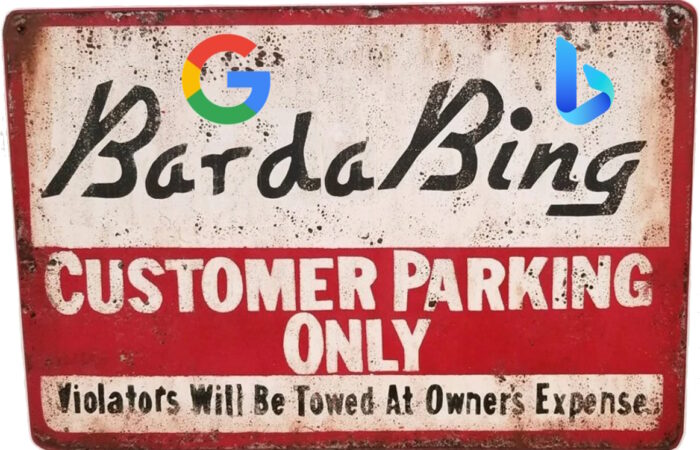There’s plenty of advice about designing presentations. But little of it prepares you for delivering complex evidence to senior-level decision-makers. This should help.
How might your evidence help someone understand the steps required to reach an important goal?
1. Put together lean evidence, embracing lean management concepts. As explained by the Lean Enterprise Institute, “The core idea is to maximize customer value while minimizing waste.” Keep this in mind when planning a presentation, writing your report, or sending that email: Strip out nonessentials.
2. Skip the storytelling. Begin with “Boom! Here’s my answer.” You’re not Steve Jobs, and this isn’t a TED talk. To a busy executive, all that buildup is a waste – and they’ll start looking at their phones. Stay true to lean. Jeanne Tari, VP at Power Speaking, makes a similar point, saying the way to present to executives is to “bottom line it first, then have a dialogue”.
3. Go easy on the pretty pictures. Everybody loves eye candy. But data visualization is not the point: It just helps you make your point.
4. Connect dots that matter. Keep the focus on your insights, and how they can help the decision maker improve outcomes. (If you find that you’re simply reporting results without connecting at least two important things together, then go back and re-evaluate.)
5. Avoid SME’s disease. Provide detail about your methods to establish credibility as a subject matter expert. Then stop. Pay yourself $5 for every word you delete (thanks to Andrew @theFundingGuru).
Posted by Tracy Allison Altman on 15-Oct-2017.
Photo credit” Rodion Kutsaev on Unsplash








